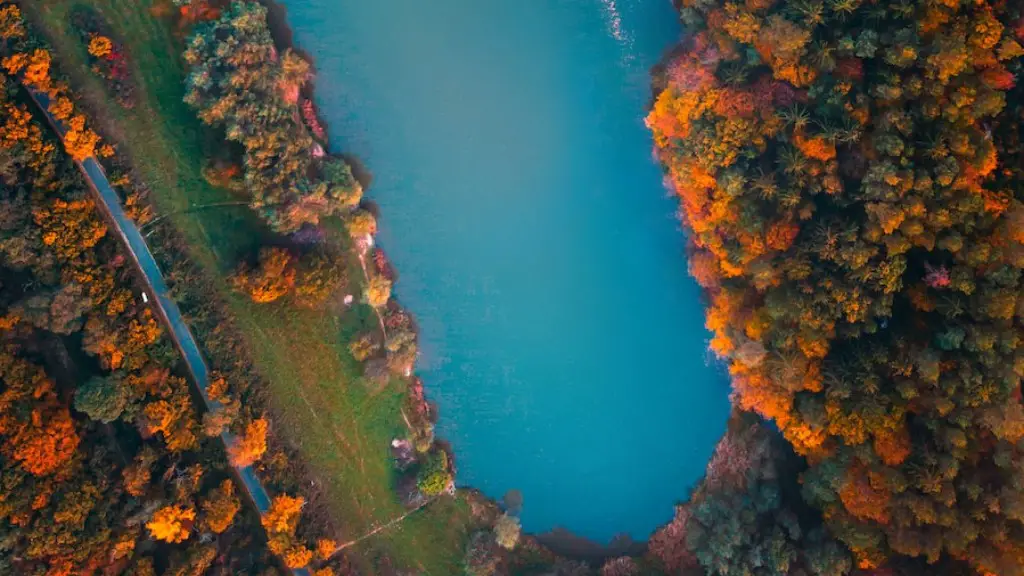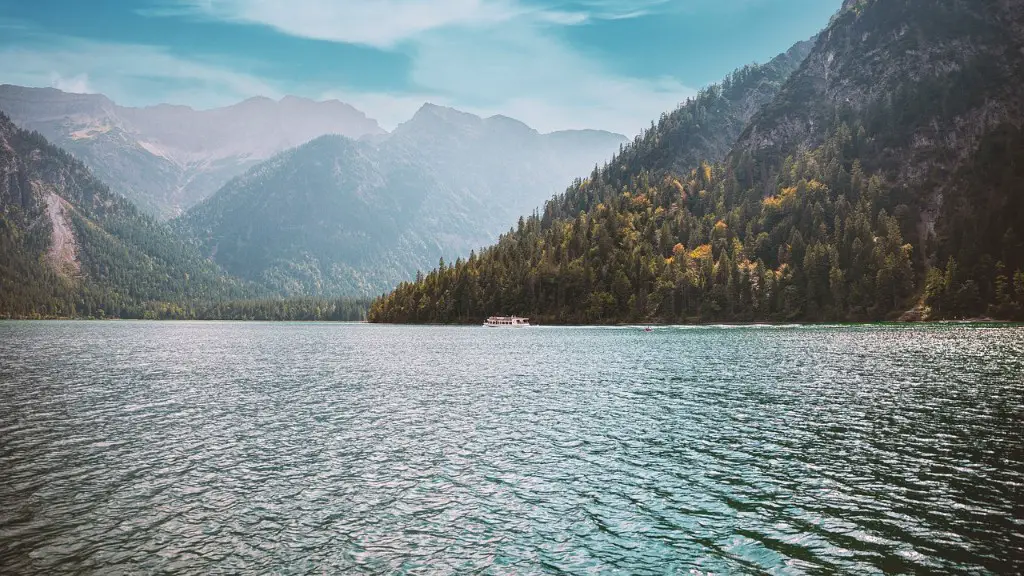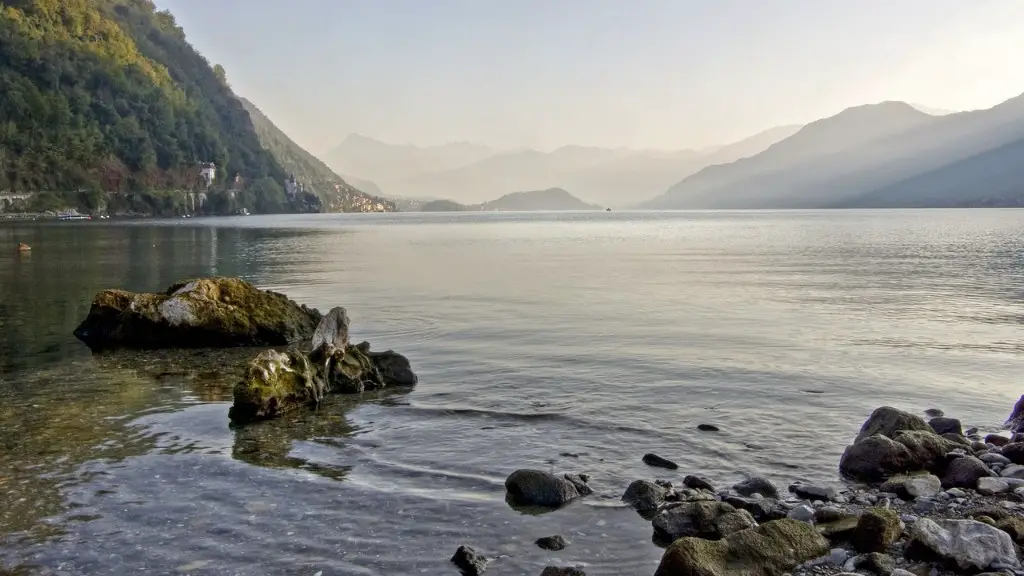Ingredients
Cooking up a tasty dish of Lake Michigan Trout starts with the right ingredients. While many cooks prefer to use freshly caught fish, frozen Lake Michigan Trout can be purchased in most local supermarkets. When shopping for Lake Michigan Trout, look for one that is at least 16 ounces and is medium to large in size. The fillet should be firm and have a bright color. To add some flavor to the fish, choose a mild white wine and a light salt, such as sea salt, to season the dish. Lastly, some vegetable oil should be used to pan fry the Trout.
Preparation
Once the ingredients have been collected, the cooking process can begin. Before the Trout is cooked, it should be washed thoroughly and patted dry. This will help to ensure that no bacteria is left behind and that there is a crisp texture when it is cooked. The Trout should then be covered with the salt and spices and left to sit for 10 minutes for the flavors to develop. Lastly, the Trout should be lightly coated with the oil.
Cooking
When it is time to cook, a medium to large size pan should be placed on the stove and heated. Once the pan is hot enough, the Trout should be added and cooked for 4 – 5 minutes on each side. As it cooks, the edges of the Trout should be monitored to ensure it is cooked evenly. Once it is cooked through, the Trout should be removed from the pan and placed on a plate to rest.
Serving
Trout is usually served with a side of vegetables or other accompaniments. Some popular options include boiled potatoes, steamed vegetables or a light salad. To add a bit of flavor, a lemon half can be squeezed over the Trout before serving. A tasty sauce can also be drizzled over the Trout if desired. For an even more flavorful dish, a simple white wine sauce with butter can be prepared and served over the Trout.
Benefits
Cooking up a delicious dish of Lake Michigan Trout is a great way to eat healthy. Trout is full of proteins, vitamins, and minerals which are good for the body. It is also low in fat and calories, making it an ideal choice for those watching their weight. Finally, Trout provides a good source of Omega-3 fatty acids which are known to help reduce the risk of heart disease.
Storage
Once the Trout has been cooked, it can be stored in an air tight container. When stored correctly, it will usually last up to 2 days in the refrigerator. To make it last longer, it can be frozen and will usually keep up to 6 months in the freezer. To reheat it, place the Trout in the oven at 350 degrees for 10 – 15 minutes.
Pairings
Trout pairs nicely with many wines, whether it is white, red or sparkling. Some great choices for Lake Michigan Trout include a Chianti, a Gewurztraminer or a Champagne. The type of wine will depend on personal preference and the accompaniments being served with the Trout. For a more budget-friendly option, a flavorful beer can be used instead.
How to Grill
Grilling Lake Michigan Trout is a great way to bring out the flavor of the fish. When grilling, the key is to get the heat just right to ensure that the Trout doesn’t overcook or dry out. Start by prepping the Trout as usual and coating it lightly with vegetable oil. Prepare the grill so that one side is medium-high heat and the other side is lower heat. Place the Trout on the hot side and let it sit for 3-4 minutes. Flip the Trout and move it to the cooler side of the grill. Cover the grill and leave the Trout to cook for 4 – 5 minutes before removing from the grill.
Daily Specials
Try to take advantage of daily specials when purchasing fresh Lake Michigan Trout from the market. Specials often vary from one day to the next, so be sure to check back frequently for the best deals. Specialty markets can also have a wider variety of Trout, including wild caught and farm-raised varieties. These will usually cost a bit more, but the quality of the Trout will be much better.
Cleaning and Filleting
Before cooking the Trout, it should be cleaned and filleted. Start by cutting along both sides of the spine, then remove the fillets by sliding a knife between the bones and the flesh. The head can be removed if desired, then use a sharp knife to scrape away any scales. The Trout should then be thoroughly washed and rinsed before the cooking process begins.
Smoking
Smoking Lake Michigan Trout is another great way of preparing the fish. To begin, the Trout should be brined for at least 12 hours to prevent it from drying out. When ready, the Trout can be smoked in an electric smoker or an outdoor smoker. Depending on the size and the type of wood used, the Trout should be smoked anywhere from 2 – 4 hours. Once complete, the Trout will be moist, flavorful and ready to enjoy.
Poaching
Poaching Lake Michigan Trout in a flavorful broth is a great way to bring out its delicate flavor. Start by preparing a flavorful broth, such as white wine and vegetables, then add the Trout to the liquid. When poached, the Trout should be cooked gently, stirring occasionally, for 15 – 20 minutes. When the Trout is finished cooking, the broth can be used as a sauce or served on the side.
Baking
Baking Lake Michigan Trout is easy and requires little preparation. Start by prepping the Trout as usual and seasoning with some salt, pepper and spices. Place the Trout on a lightly oiled baking tray and bake in an oven preheated to 350 degrees for 10 to 12 minutes. Once cooked through, the Trout should be removed from the oven and left to rest for a few minutes before being served.
Pan-Frying
Pan-frying Lake Michigan Trout is a quick and simple method. Start by preparing the Trout as usual and seasoning with salt, pepper and spices of choice. Place the Trout in a large pan and heat on medium heat. Fry the Trout for 4 – 5 minutes on each side until golden brown and fully cooked through. Once finished cooking, the Trout should be removed from the pan and left to rest for a few minutes before serving.



